15. September, 2025delish0
In the barcode label industry chain, ribbons (thermal transfer ribbons) are the "inks" that ensure the clarity and durability of barcodes, text, and images. However, the vast majority of end users (e.g., manufacturing enterprises, logistics warehouses, retail stores) do not directly use industrial-grade large coil ribbons, but require small coil products of specific lengths, widths, and models. This gives birth to a key midstream link - ribbon slitting, and the ribbon slitting machine is the core equipment of this link, which is like a precise "tailor", cutting raw materials into well-fitting "clothes", fundamentally reshaping the value and efficiency of the entire industrial chain.
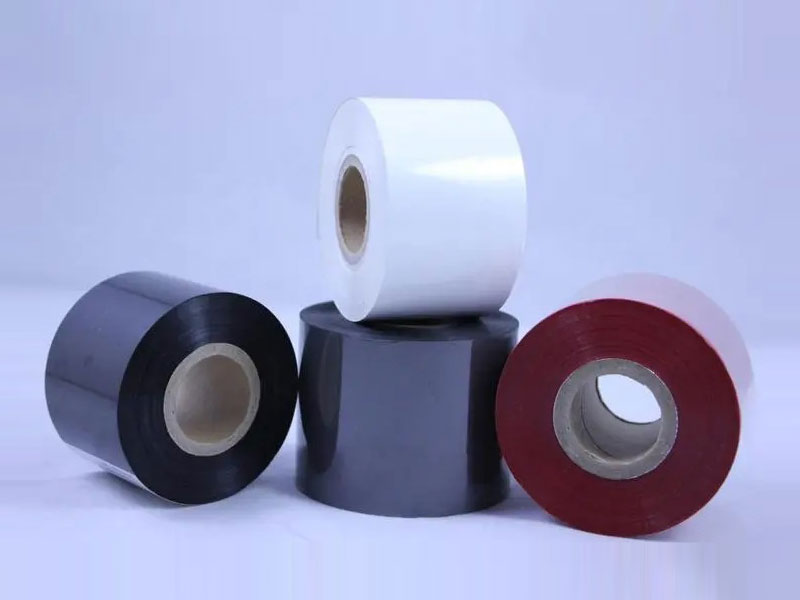
1. Traditional dilemma: the "cost black hole" and efficiency bottleneck of the slitting link
Before the popularization of high-efficiency slitting machines, the industry generally faced the following pain points:
1. High labor cost and difficult to ensure accuracy: Relying heavily on skilled workers for semi-manual or simple mechanical slitting is inefficient, and the length and width of the slitting have large errors, which is easy to produce waste.
2. Serious material waste: It is difficult to accurately control the winding tension by manual operation, which can easily lead to wrinkling, tensile deformation and even fracture of the ribbon, and the yield is low, which directly pushes up the cost of raw materials.
3. Long delivery cycle: Unable to quickly respond to customer needs for small batches and multi-specification orders, poor flexibility, restricting market expansion.
4. High management complexity: There are many specifications, inventory management is difficult, which can easily cause sluggish inventory and occupy a large amount of money.
These pain points not only eat up the profits of slitting manufacturers, but also lead to high procurement costs and long waiting times for downstream users, which ultimately hinders the smooth operation of the entire industrial chain.
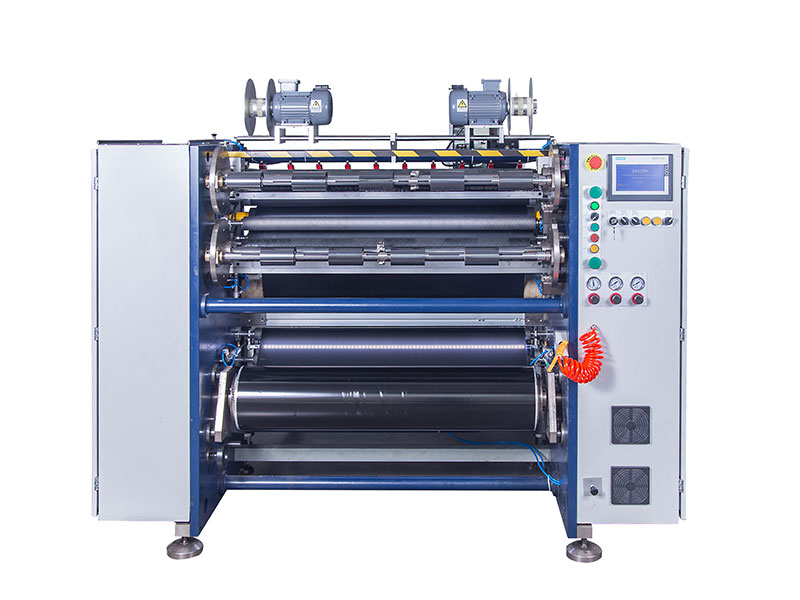
2. Ribbon slitting machine: how to become the core weapon of "cost reduction and efficiency increase"?
Modern high-precision ribbon slitting machines accurately solve all the above problems through automation, intelligence and precision manufacturing technology.
1. Cost Reduction
• Reduce direct material costs: Through high-precision photoelectric sensors and servo control systems, the slitting machine can achieve "knife precision", minimize the scrap material and scrap rate (can be controlled below 1%), and greatly improve the utilization rate of raw materials.
• Reduced labor costs: One automated slitting machine can replace multiple skilled workers. Operators only need to input parameters, feeding and unloading, realizing "one person and multiple machines" management, greatly reducing long-term labor costs.
• Reduced management costs: Precise slitting means precise inventory management. Manufacturers can cut on demand, reduce the backlog of finished product inventory, and accelerate capital turnover.
2. Efficiency Enhancement
• Improve production efficiency: The high-speed slitting machine can run at a speed of hundreds of meters per minute, which is dozens or even hundreds of times that of manual operation, and can quickly complete large orders and shorten the delivery cycle.
• Improved response efficiency: The digital control system allows one-click switching of slitting schemes. Customers want 100 meters × 30mm specifications today, and 200 meters × 60mm specifications tomorrow, and the equipment can respond instantly, meeting the flexible production needs of "multiple batches and small batches" in the modern market.
• Improve product consistency: Constant tension control and precise correction system ensure that each ribbon coil cut out is moderately tight and neat, eliminating the phenomenon of cassettes and broken tapes during use, and improving the printing experience and efficiency of downstream users.

3. Value reshaping: How does the slitting machine promote the upgrading of the industrial chain?
The value of ribbon slitting machine is far more than the "cost reduction and efficiency increase" of a single link, it more profoundly reshapes the value distribution and business model of the barcode label industry chain.
1. For slitting manufacturers: from processors to solution providers
• Value Enhancement: Slitting manufacturers are no longer just "tailors" but experts in ribbon solutions that can provide multiple specifications, multiple materials (wax-based, hybrid-based, resin-based) and fast delivery. Its core competencies have shifted from low-cost labor to technical equipment, rapid response and service capabilities.
• Business model innovation: It has the ability to carry out "valet slitting" and customized services, and can establish closer cooperative relations with ribbon manufacturers and end users to obtain higher added value.
2. For ribbon manufacturers: focus on the core and expand the market
• Strategic focus: The original factory can focus more on the core coating formula research and development and large coil production, and outsource the slitting processing to a professional slitting center to achieve asset-light operation.
• Market penetration: The efficiency of the slitting process has reduced the cost of small-sized and customized ribbons, thereby stimulating a broader market demand for small and medium-sized enterprises and helping OEMs reach long-tail customers that were difficult to cover in the past.
3. For end users: obtain high cost performance and stable supply
• Reduced procurement costs: The overall cost of the slitting process is reduced, which is eventually transmitted downstream, allowing users to obtain high-quality ribbons at a cheaper price.
• Improved user experience: Ribbon with high slitting accuracy significantly reduces the rate of ribbon breakage and paper jamming during the printing process, reducing equipment downtime and ensuring the continuity and stability of label printing, which is crucial for key links such as production lines and logistics lines.
• Supply chain stability: Fast slitting and delivery capabilities mean that users can achieve "low inventory" or even "zero inventory" management, purchase on demand, and reduce capital occupation.
4. For the entire industrial chain: achieve collaboration and digitalization
• Promote specialized division of labor: The division of labor in the industrial chain is clearer, and the original factory, slitter, and distributor each perform their own duties, and the overall operation efficiency is higher.
• Towards Industry 4.0: As a data node, intelligent slitting machines can record production data (such as length, meters, and fault information), laying the foundation for digital traceability, predictive maintenance, and intelligent supply chain management of the industrial chain in the future.
conclusion
Although the ribbon slitting machine is not the glamorous protagonist on the stage, it is an indispensable "behind-the-scenes hero" in the barcode label industry chain. Through the art of precise "tailoring", it transforms the original economies of scale into flexible economies of scope, opening up the "last mile" from chemical raw materials to terminal applications. It is not only a sharp weapon for "reducing costs and increasing efficiency", but also a key fulcrum to drive the industrial chain to specialization, flexibility and digital upgrading, and continues to create immeasurable value for the barcode label industry.




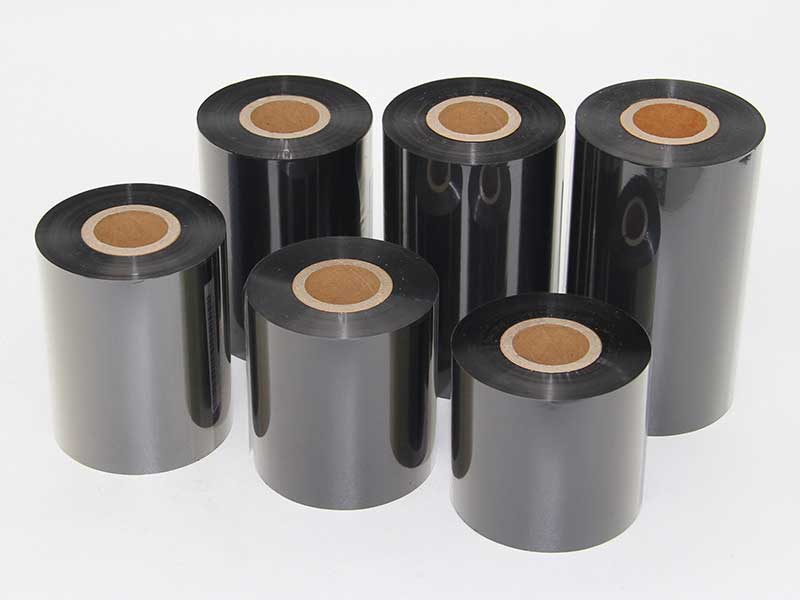
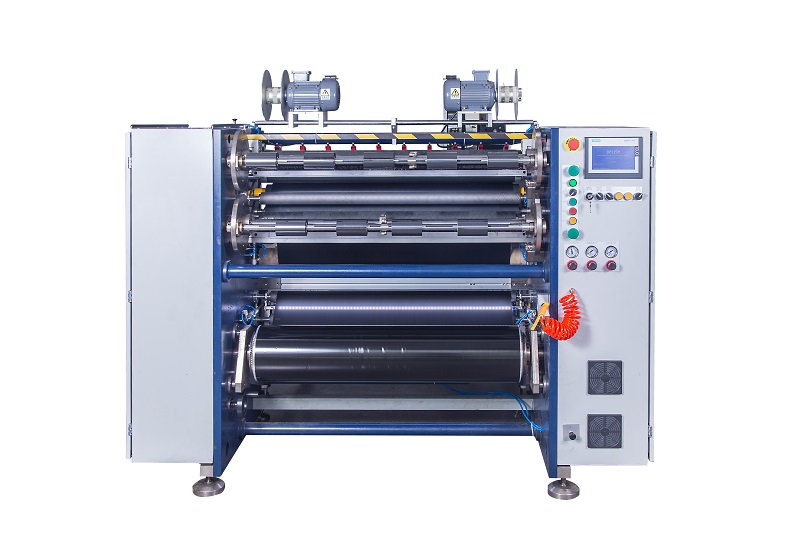
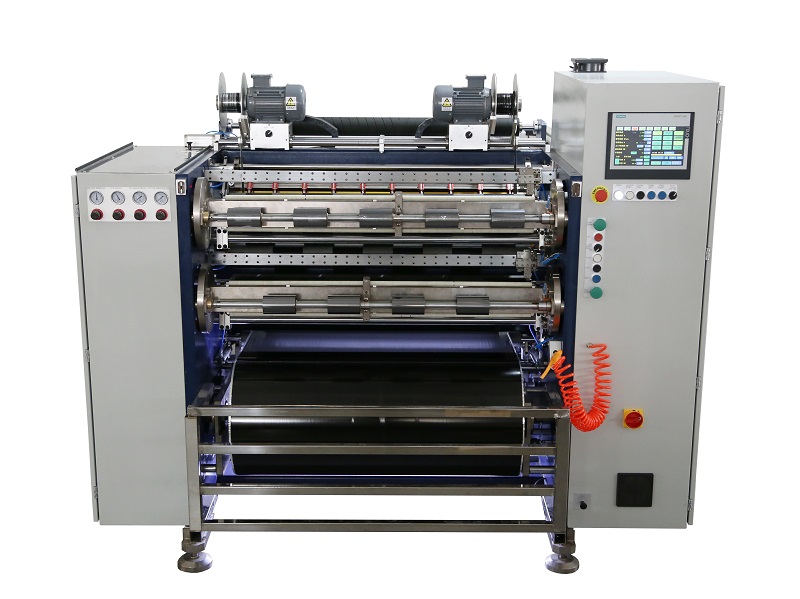 Fully Automatic TTR Slitter RSDS8 Plus
Fully Automatic TTR Slitter RSDS8 Plus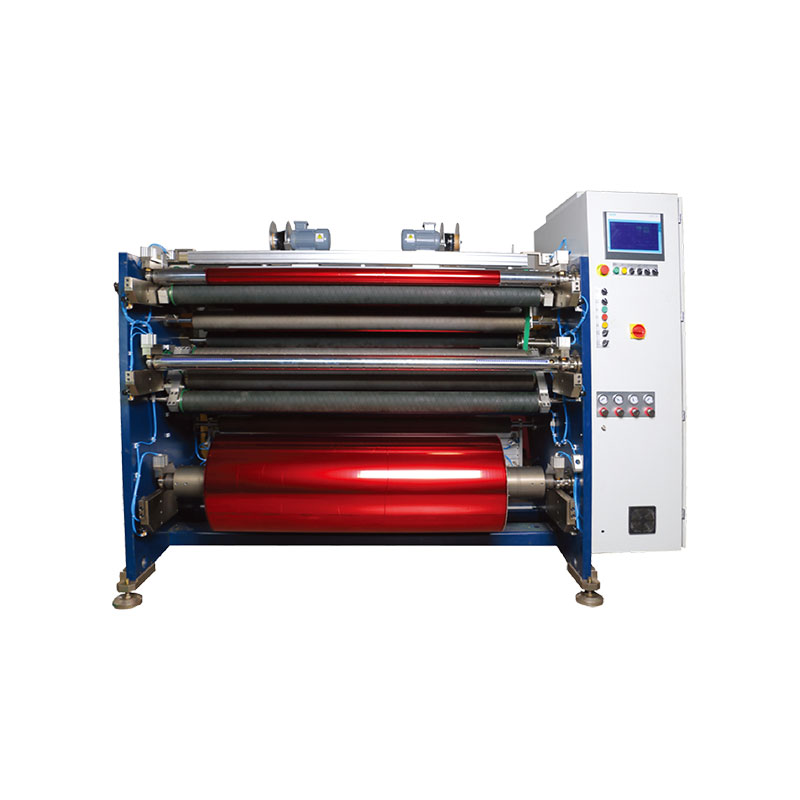 Hot Stamping Foil Slitter 1600mm
Hot Stamping Foil Slitter 1600mm Hot Stamping Foil Slitter (4 Shafts)
Hot Stamping Foil Slitter (4 Shafts)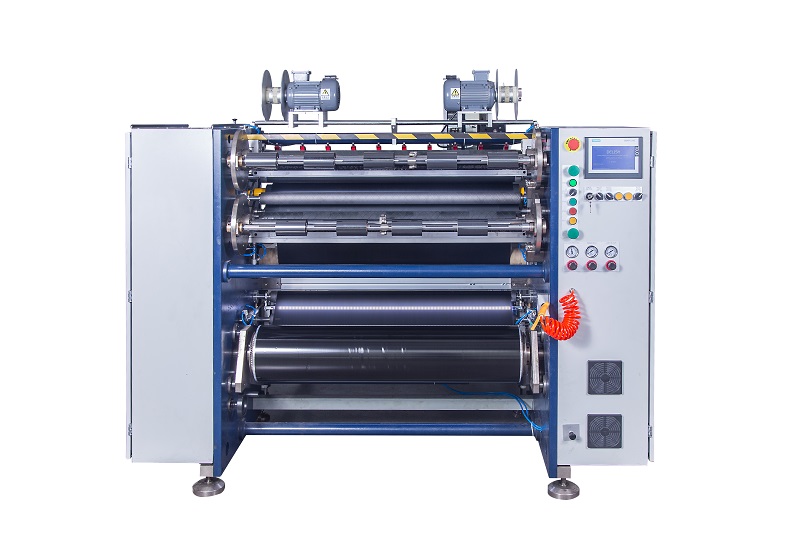 Semi-Auto TTR Slitter RSDS2 Plus
Semi-Auto TTR Slitter RSDS2 Plus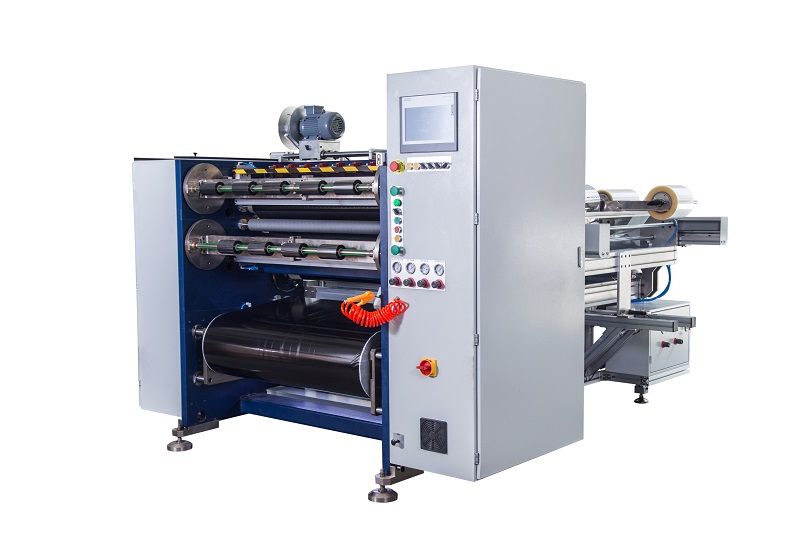 Semi Automatic TTR Slitter RSDS5 Plus
Semi Automatic TTR Slitter RSDS5 Plus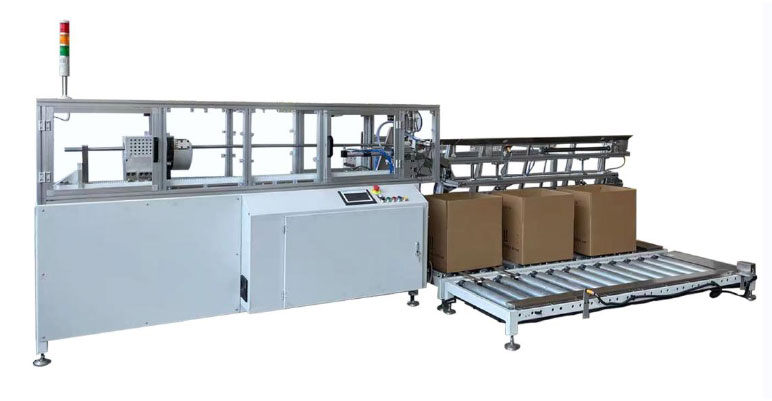 Auto Paper Core Cutter
Auto Paper Core Cutter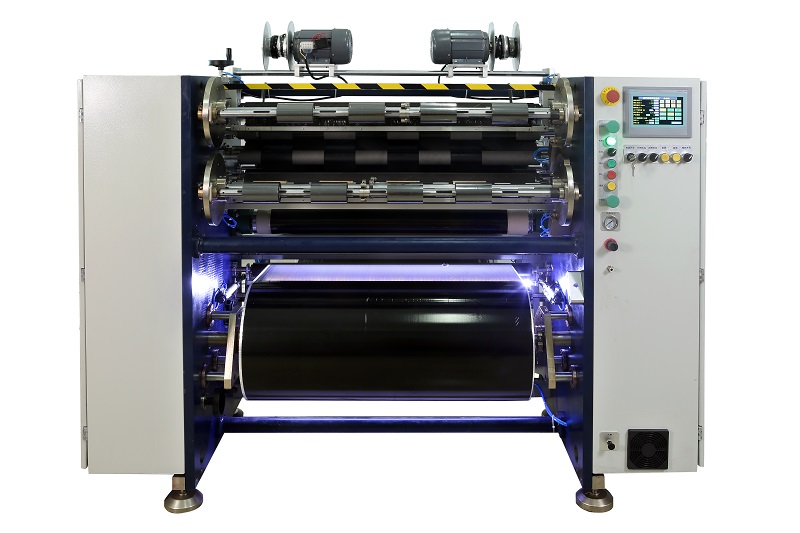 Manual TTR Slitter RSDS2
Manual TTR Slitter RSDS2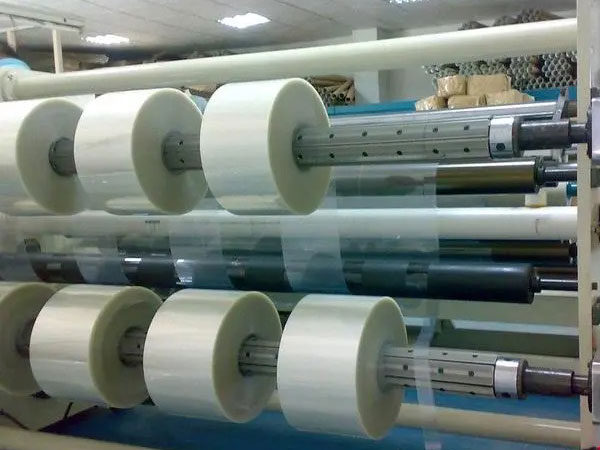 Film Slitting Machine
Film Slitting Machine





